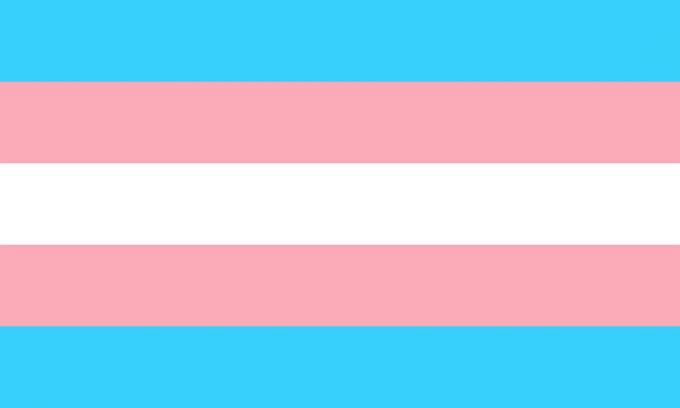Transsexual is a person who does not identify with the biological sex he was born with, that is, someone who does not feel appropriate to their birth gender.
Thus, we can say that a person is defined as a transsexual when he feels uncomfortable with his biological sex.
For example: a person is biologically born a woman, but does not recognize himself that way. Despite being born a woman, he feels like a man.
transgender woman and transgender man
A transgender woman (trans woman) is a person who was born with the male biological sex (as a man), but self-identifies as a woman.
On the contrary, a transgender man (trans man) is a person who was biologically born a woman, but who identifies and feels like a man.
What is biological sex?
As we have seen, transsexuality is a non-recognition of the biological sex, the transsexual person does not identify with the gender determined by birth characteristics (gender inadequacy).
To understand it better, it is necessary to know that biological sex is determined by the particularities of each individual, such as their genitals and reproductive system. According to the characteristics present, your gender will be female or male.
Read too: Understand the difference between cisgender and transgender.
Difference between transsexual and transgender
As we have seen, transsexual is an expression that refers to people who do not feel that they belong to the biological gender attributed by their birth characteristics.
the term transgender is broader. It is used to indicate all people who do not identify with their biological gender. In addition to transsexuals, people who are transvestites or who do not identify with any of the known genders are also included in the transgender group.
Transsexuality and Gender Identity
Gender identity means how a person feels about himself and how he presents himself to society and to other people.
Most of the time, gender identity corresponds to biological gender (male or female). For example: a person who is born a woman and feels like a woman. But, if this correspondence does not happen, it could be a case of transsexuality.
There are three main gender identities:
- cisgender: person who identifies with their biological gender.
- transgender: identification with a gender other than biological.
- non-binary: people who do not identify with either gender (female or male).
Read more about the meanings of cisgender, transgender and non-binary. To understand more about the subject, read also about gender identity.
The classification of transsexuality according to the World Health Organization
Until 2018, transsexuality was included in the list of mental disorders, but the World Health Organization (WHO) removed transsexuality from this list.
Before this happened, according to the International Classification of Diseases (ICD), transsexuality was considered a gender identity disorder.
Today, the classification as a mental disorder has been replaced by gender incongruity. This is the new definition in the CID:
Gender incongruity is characterized by a marked and persistent incongruity between an individual's experienced gender and the designated sex. The behavior and preferences of gender variants, per se, are not a basis for attributing diagnoses to this group.
It is interesting to know which surgeries (such as sex reassignment surgery) or hormone treatments for gender fitness they are not decisive for transsexuality to be characterized.
The decision to go through these procedures is personal and made by observation of each case. The analyzes are carried out by the transsexual person and by a team of professionals who accompany him/her.
But regardless, it is identification with a gender other than the biological one that can confirm a person's transsexuality.
The transgender pride flag
The transgender pride flag consists of five lines in blue, white and pink. The color blue was chosen because it is traditionally used to represent the male gender, just as pink is used to represent the female gender.
The color white was used to symbolize people who do not feel suited to any of these genders or who are going through a gender transition process.


